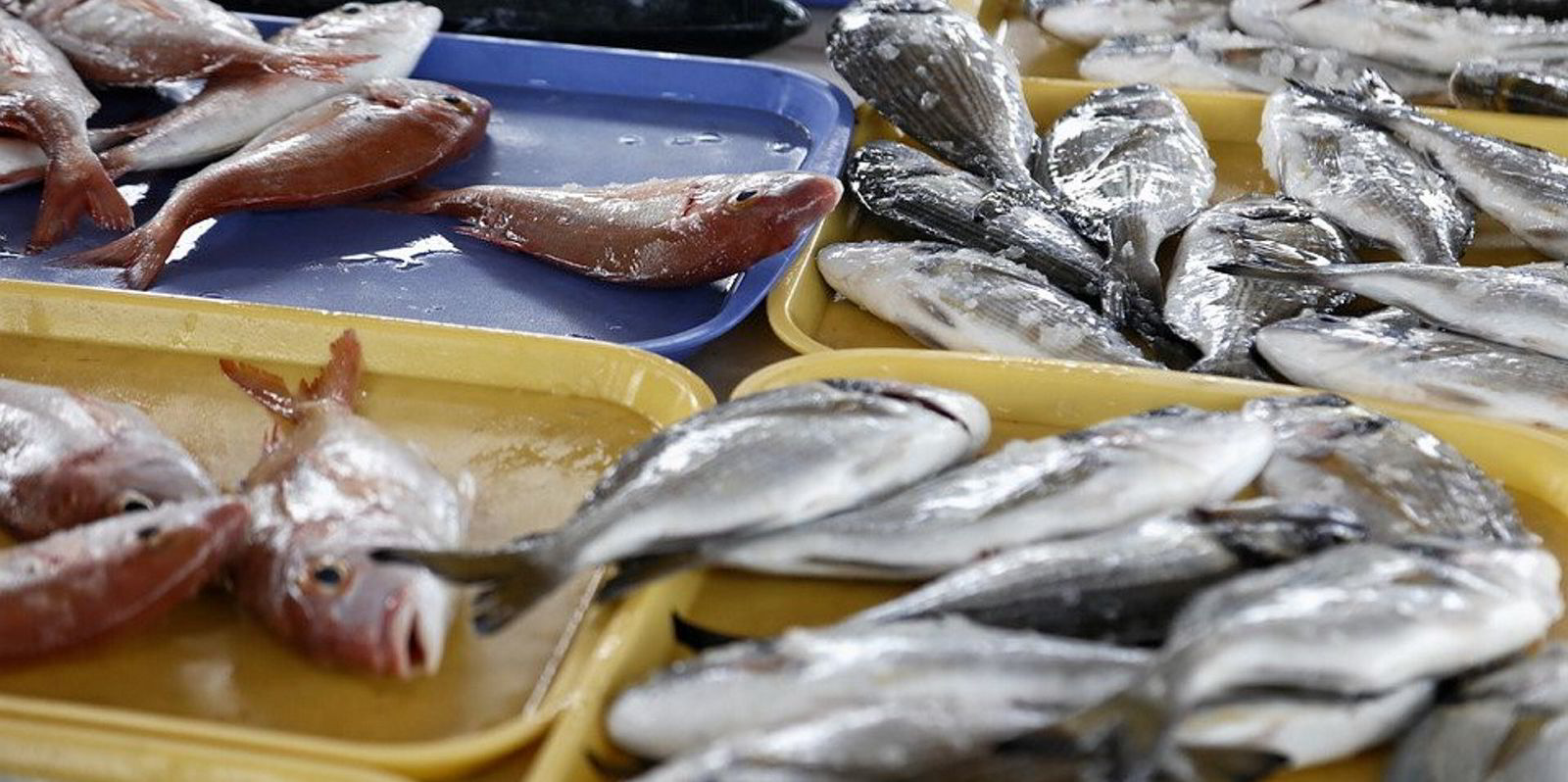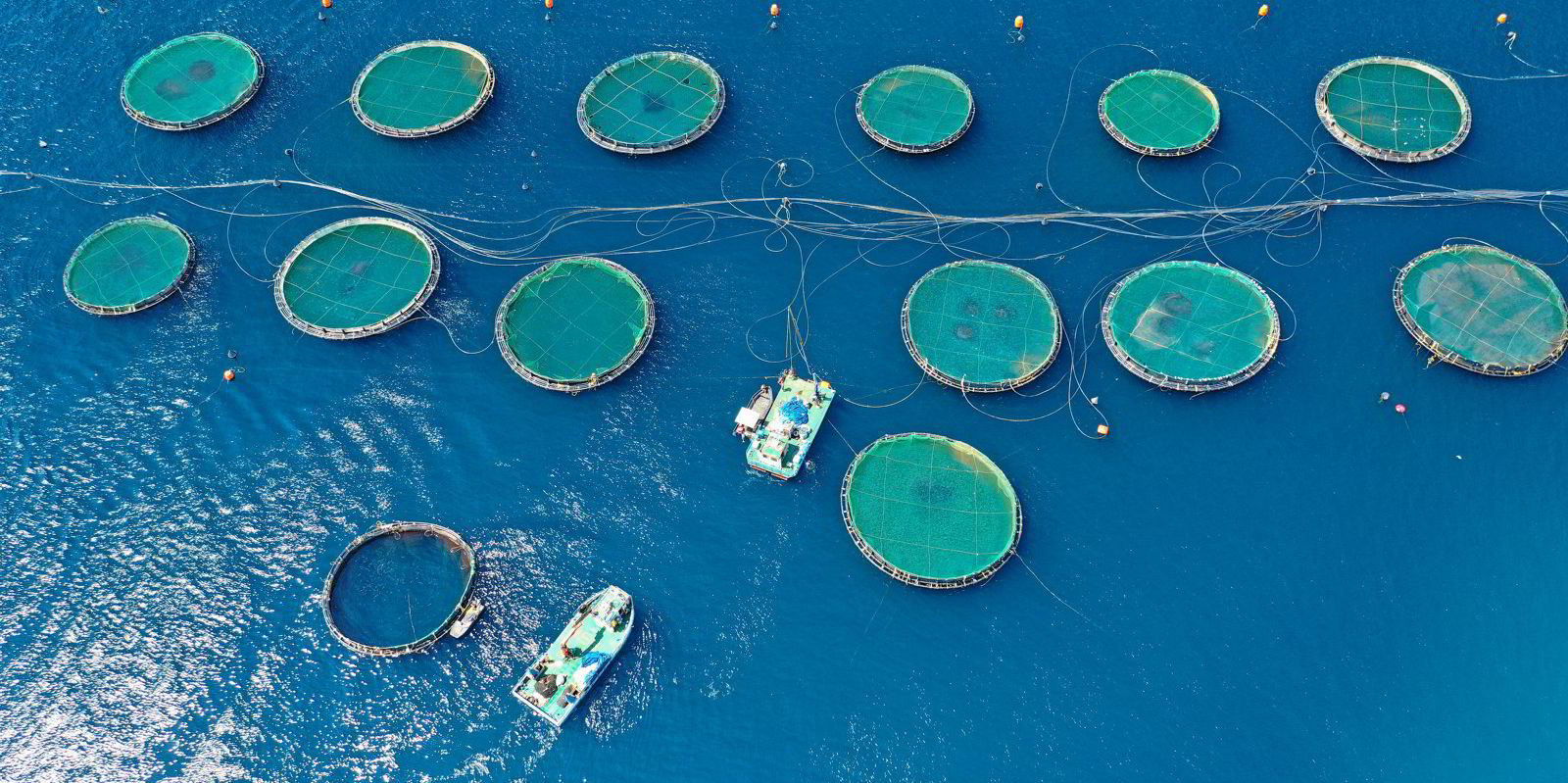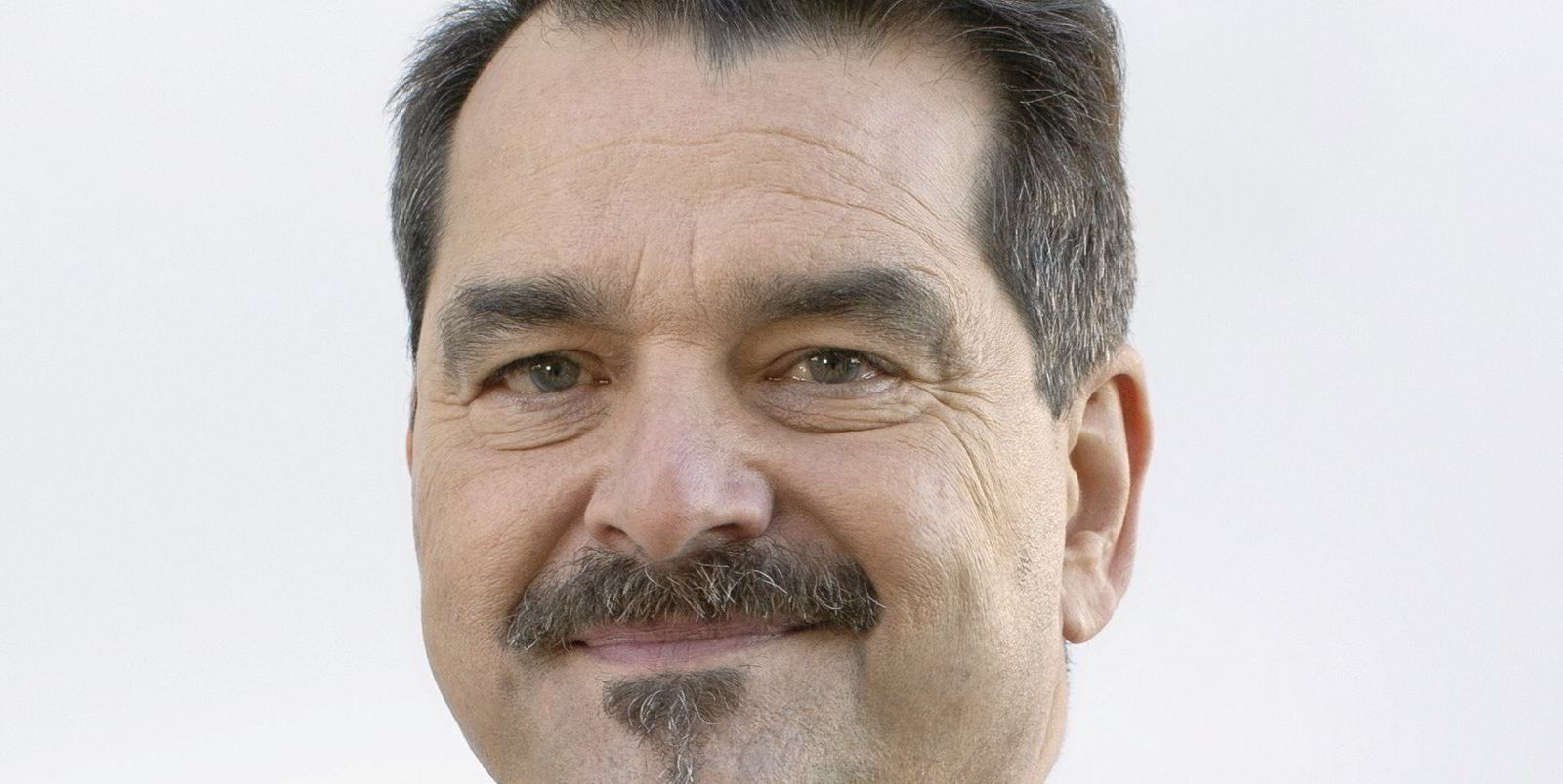Global seabass and seabream production is entering a period of stability after a decline in Turkey's production in 2020 dragged down overall global production, according to the Global Seafood Alliance's (GSA) annual production survey.
While Turkey and Greece remain the world's main producers, global seabass and seabream production fell 3.7 percent last year to around 480,000 metric tons.
This year that decline is expected to be reversed, and the sector is projected to see growth of 1 percent in 2022 and 4 percent in 2023, potentially pushing up global production to as much as 515,000 metric tons.
"Overall, in three years in 2023, we are just going to be slightly above 2019 levels," said Rabobank senior analyst Gorjan Nikolik, who presented seabass and seabream survey results during the 2021 virtual GOAL conference.
Production in Turkey saw compound growth of 14 percent between 2010-2019 to around 220,000 metric tons, before falling back last year to an estimated 210,000 metric tons.
Turkish production, which moved ahead of Greece in 2015, is forecast to stay around this level this year and next before moving back up to just below 220,000 metric tons in 2023.
Greece saw production fall by 1.4 percent on a compound basis to 120,000 metric tons between 2010-2019.
This year, production will approach 130,000 metric tons before levelling off around 10,000 metric tons higher over the next couple of years.
"We see that both countries having had a period of some difficulty with COVID and low prices are entering into a flat period of growth or very low growth until 2022," Nikolik said.
Among the other smaller producing nations such as Spain and Italy production is flat, something that can now be said of North Africa after a period of growth.
Nikolik highlighted Croatia, Malta and Portugal as producing nations to watch in the future because of technological advancements.
Read more
- Turkey bass, bream producer Kilic nabs €80 million loan to spark expansion
- New name, new strategy: Meet the world's largest bass and bream producer
- 'We no longer need imported salmon': Russia gloats as farmed salmonid production passes milestone
- Buckle up! The container clog may continue until consumer spending changes
- Sykes Seafood reaches deal to acquire UK wholesaler, creating $500 million 'pan-European' giant



